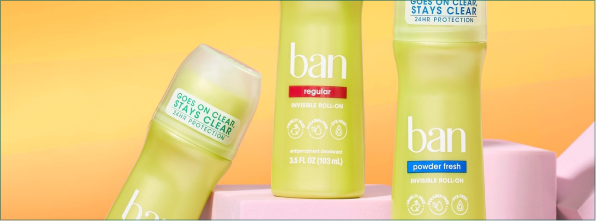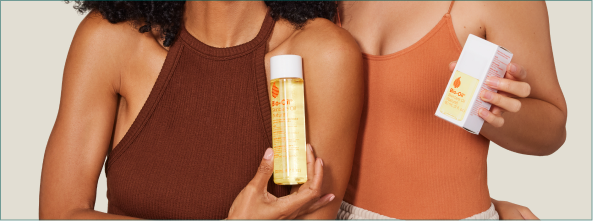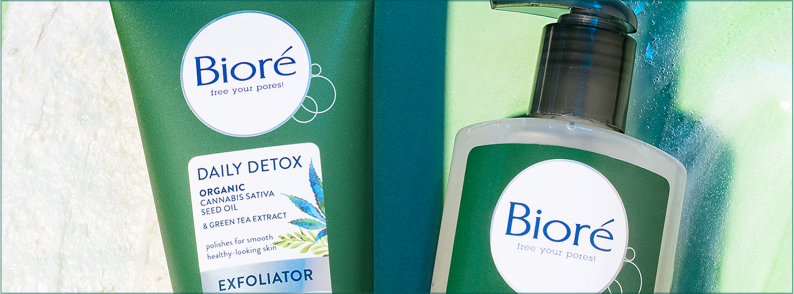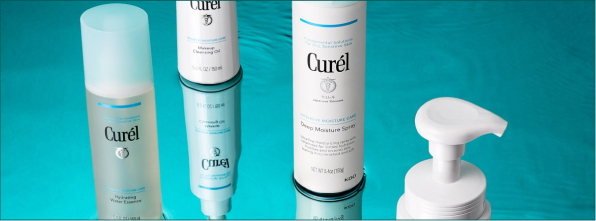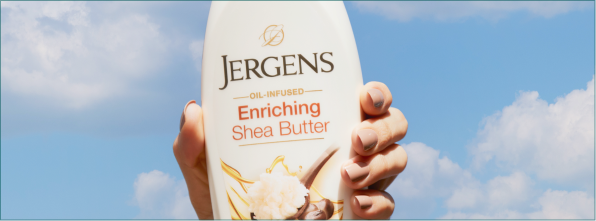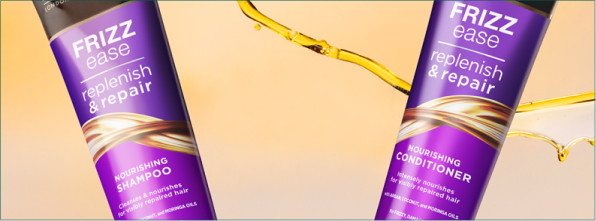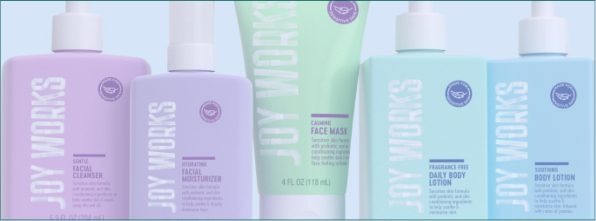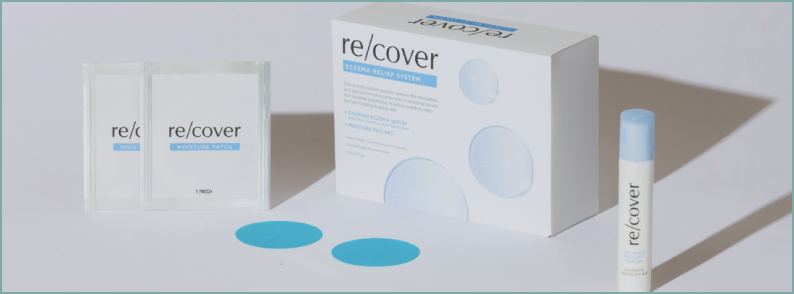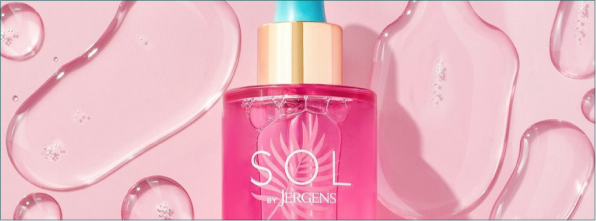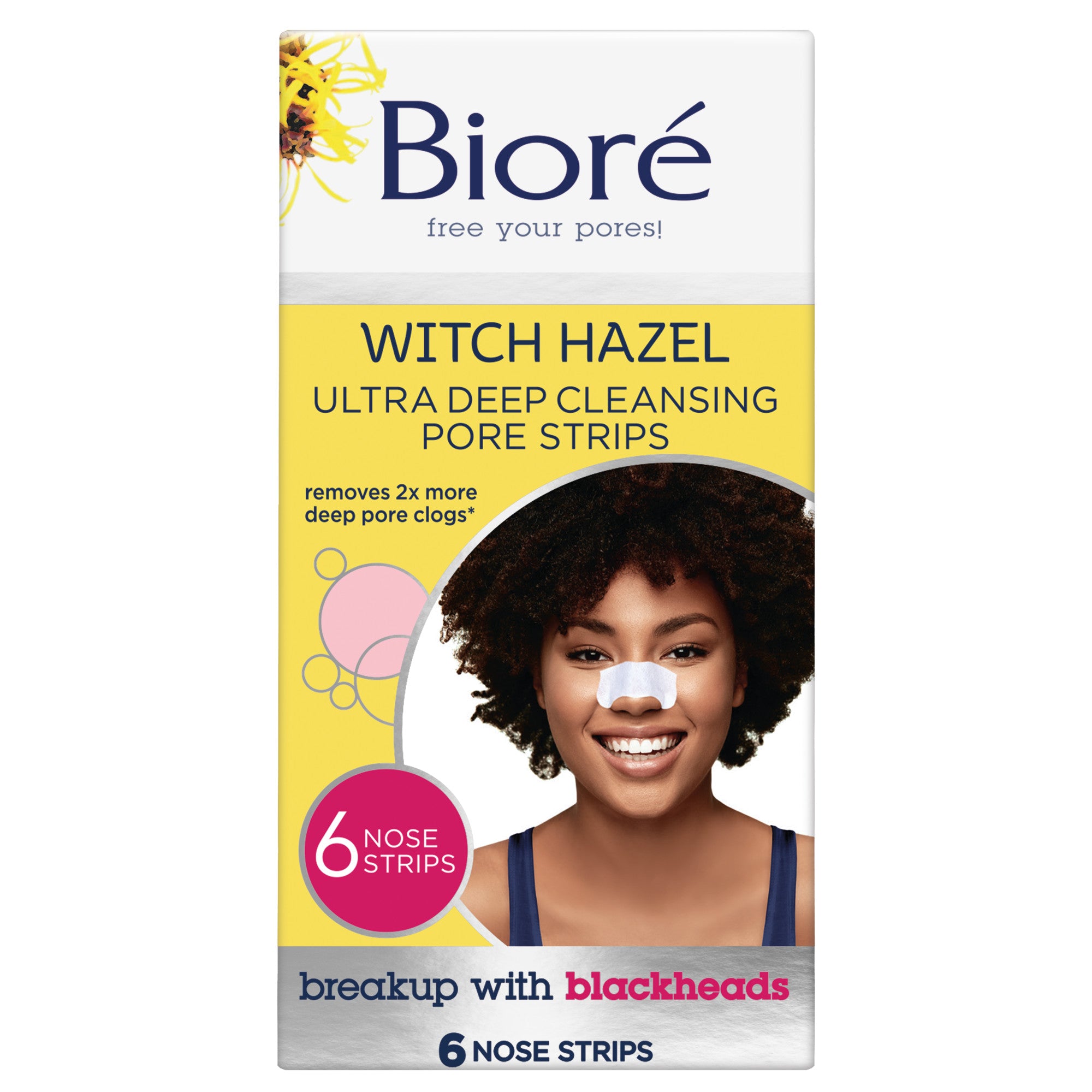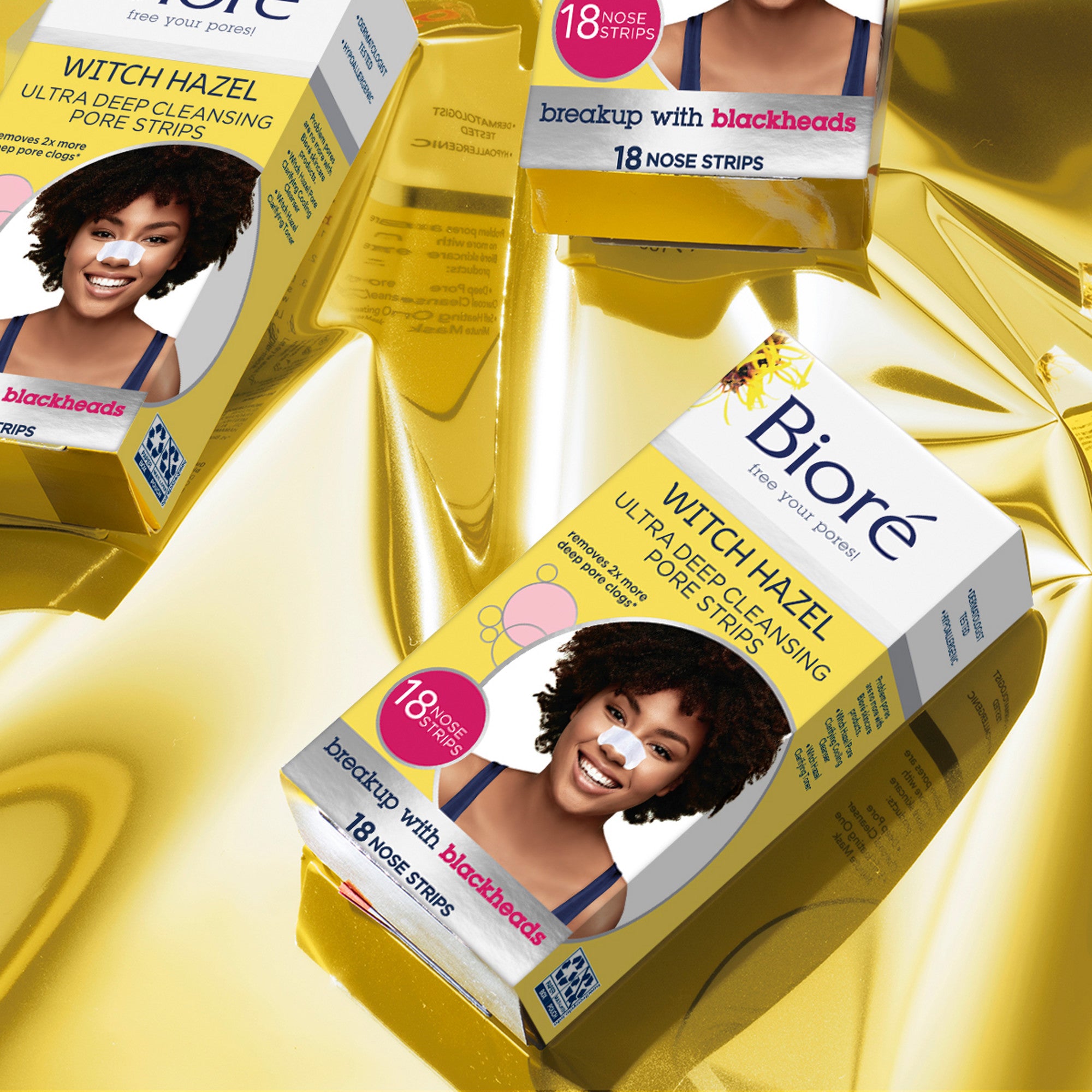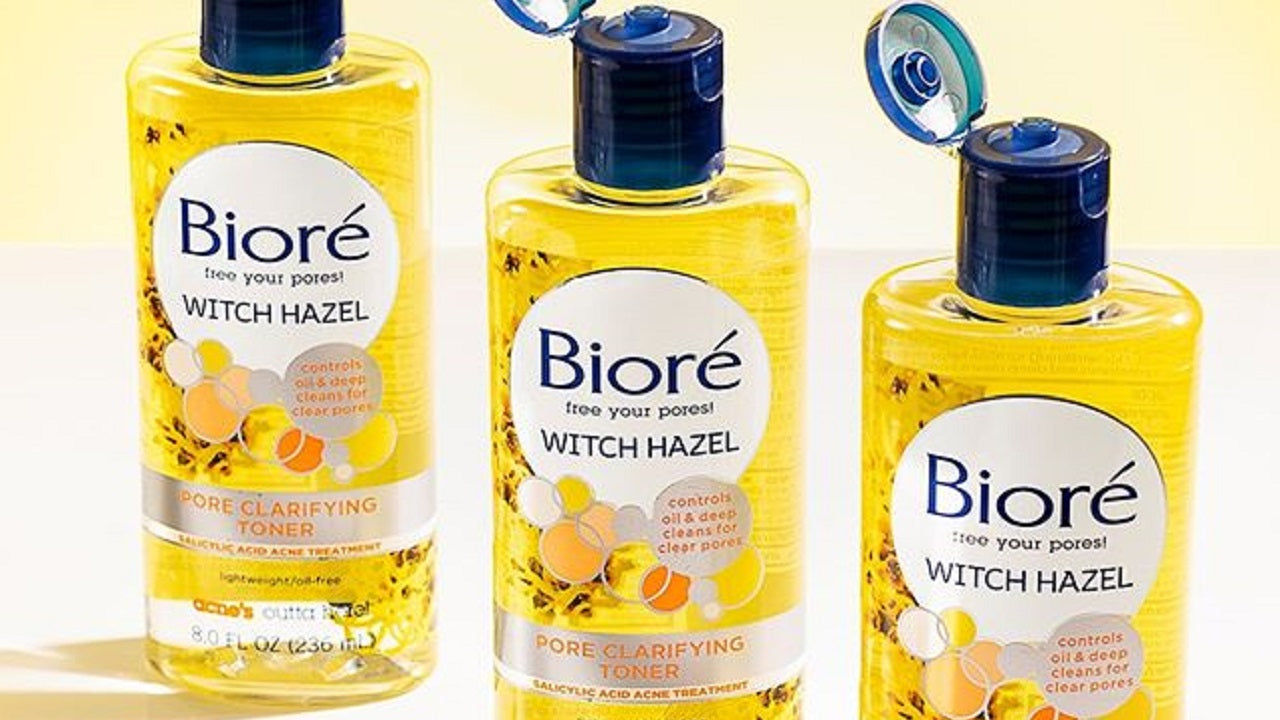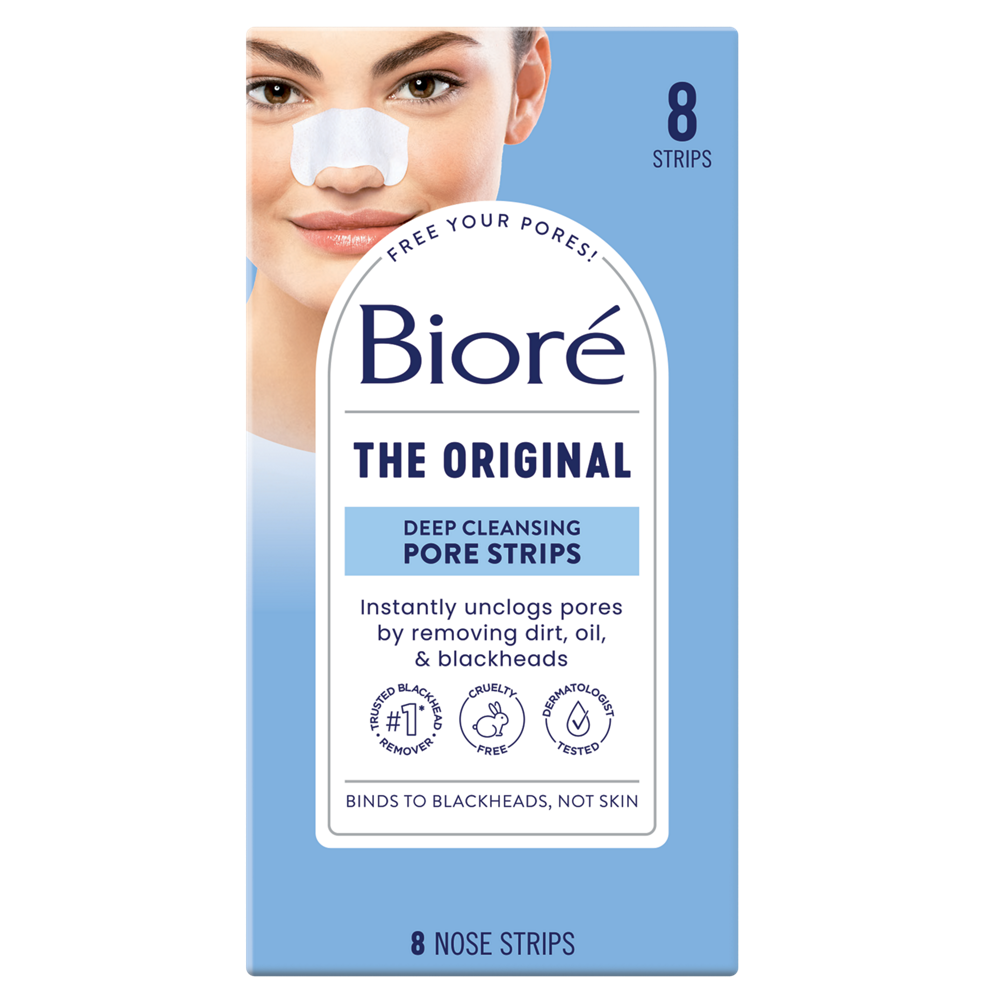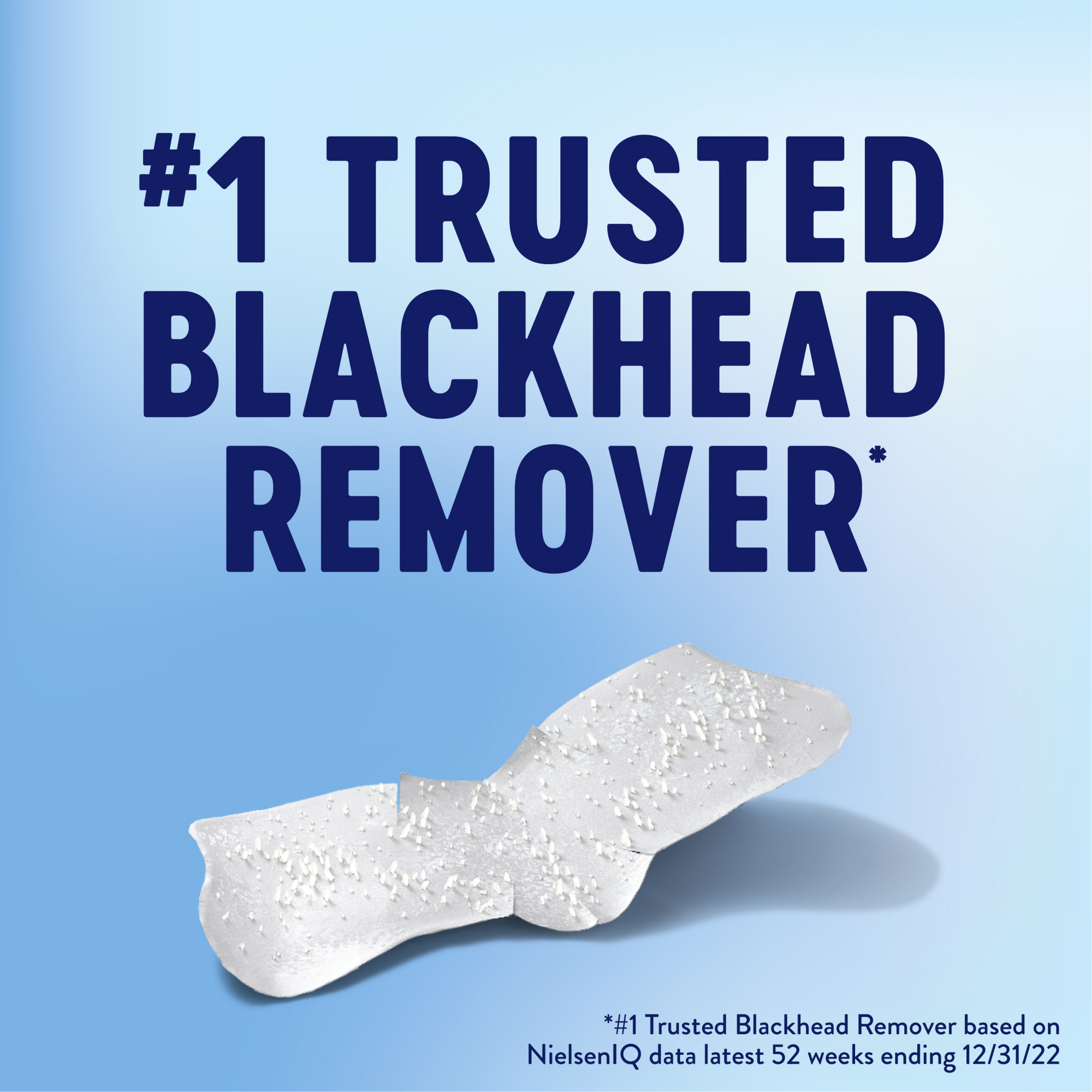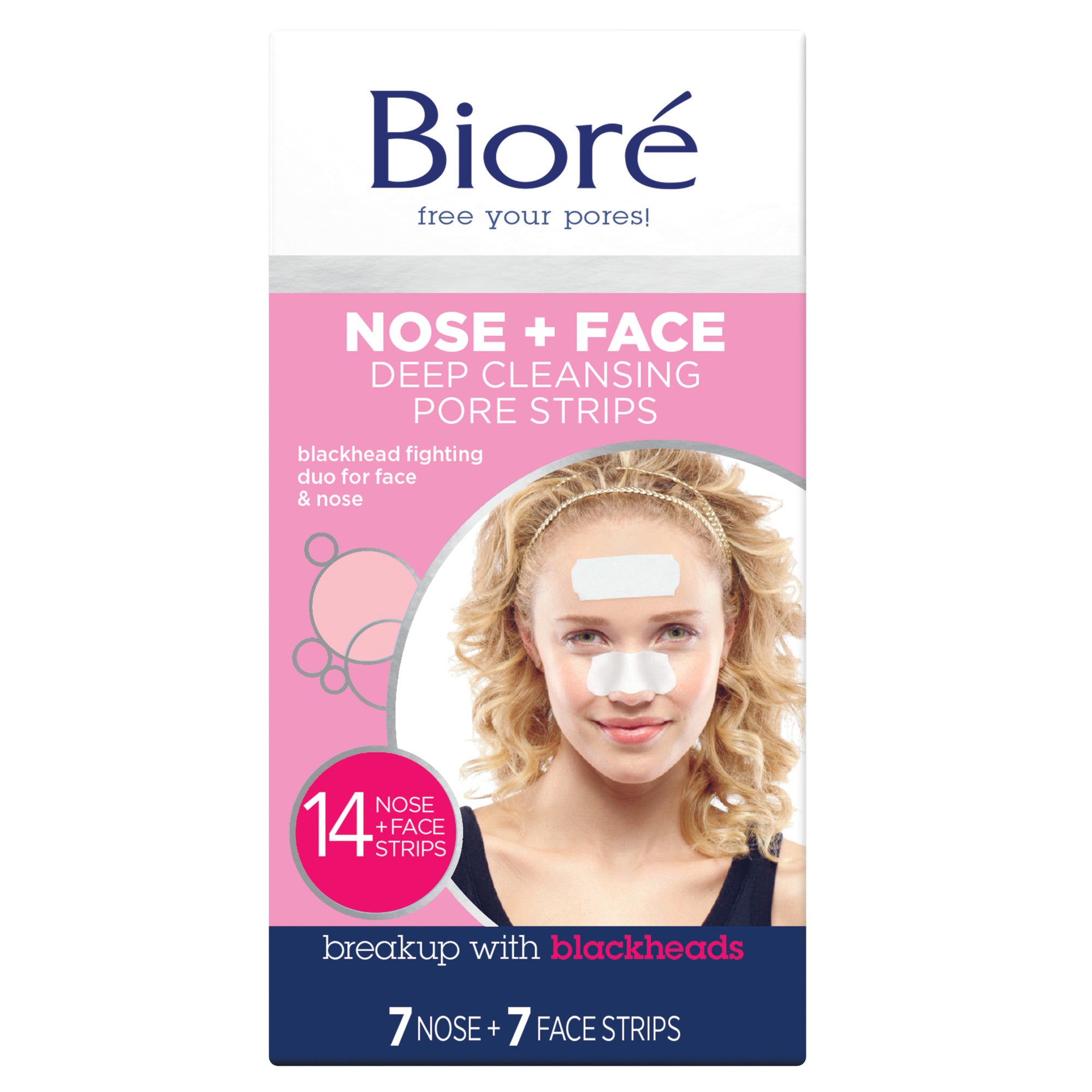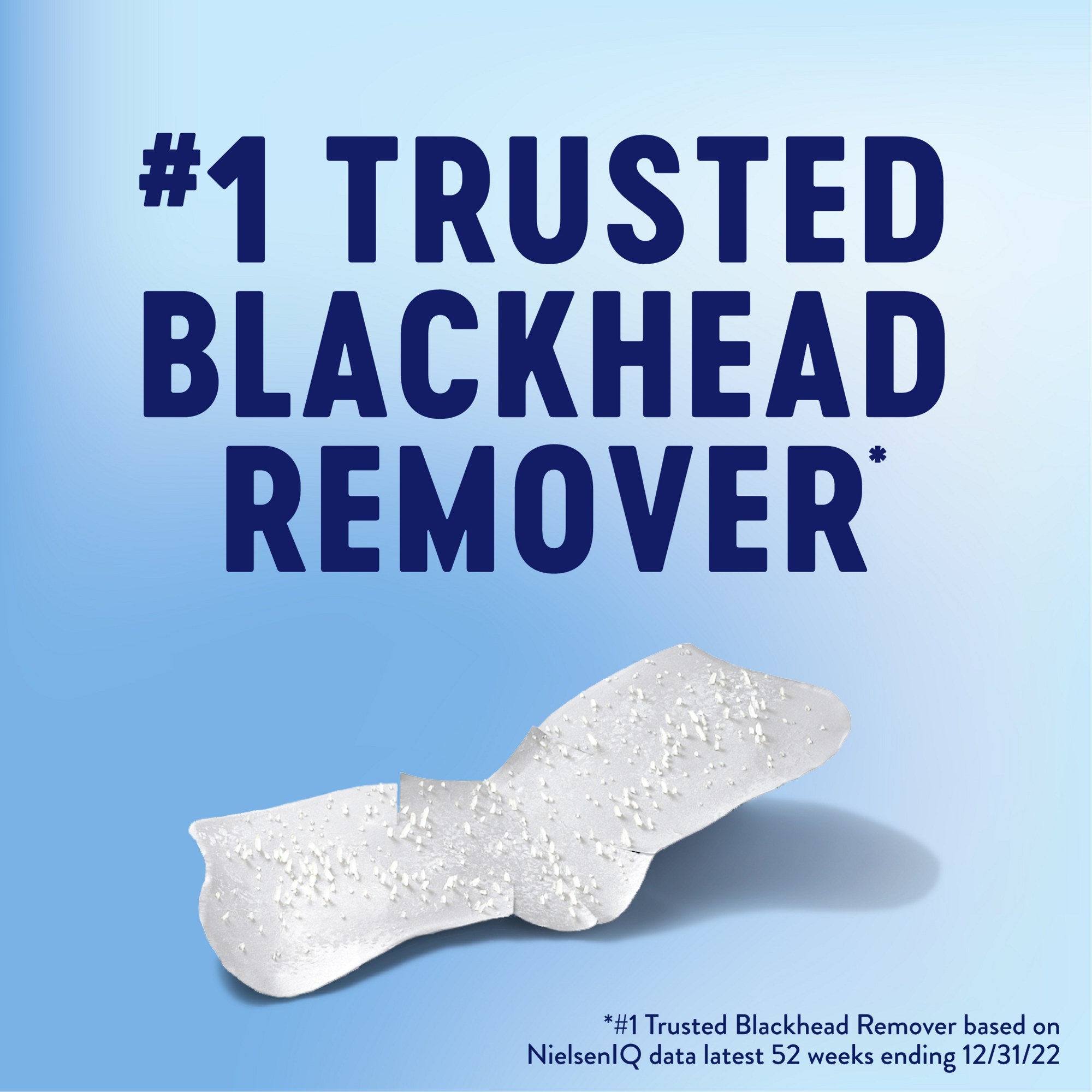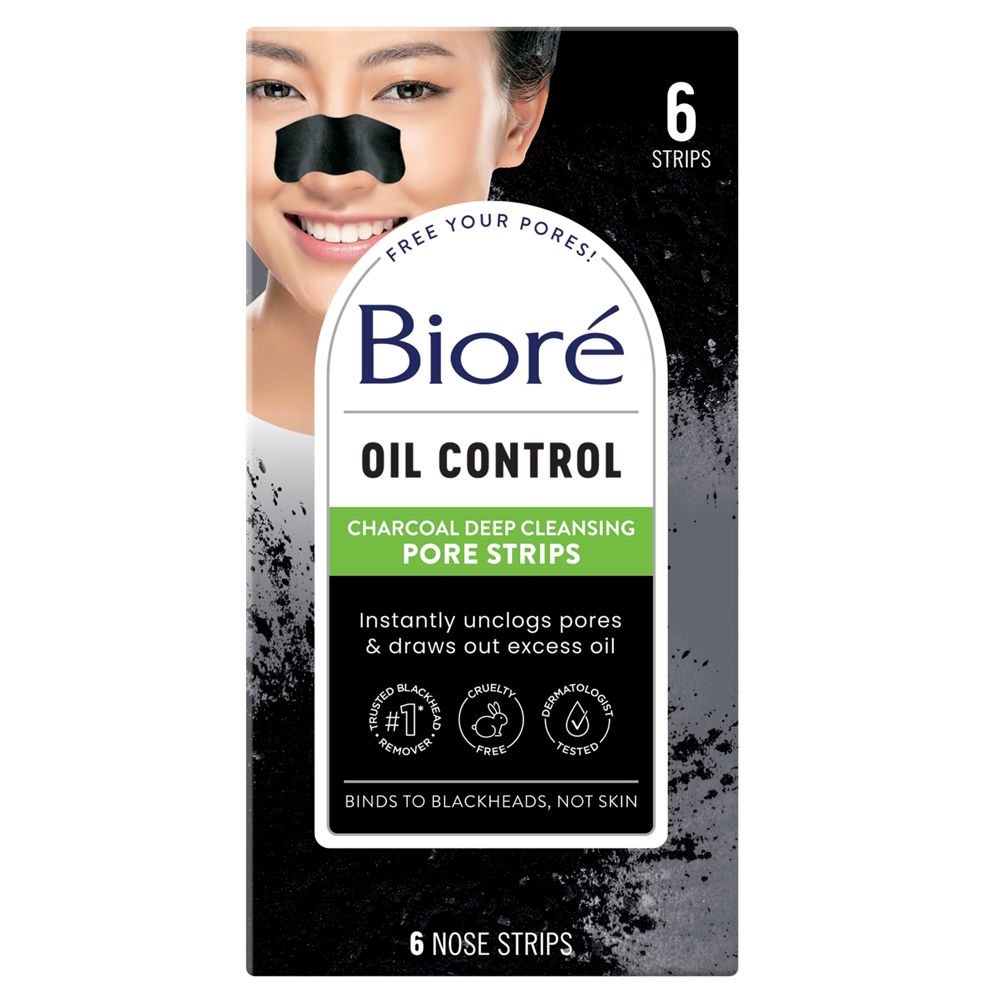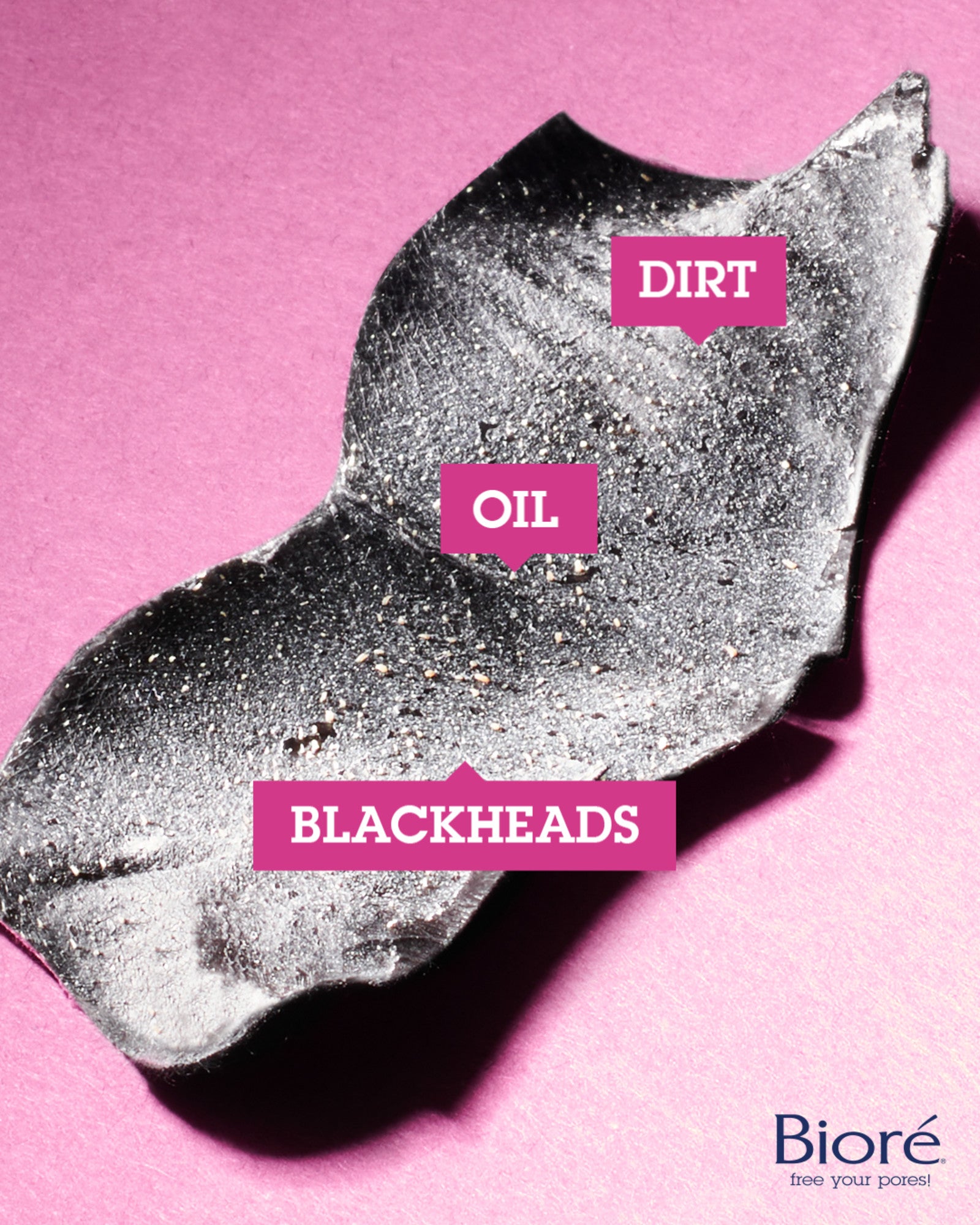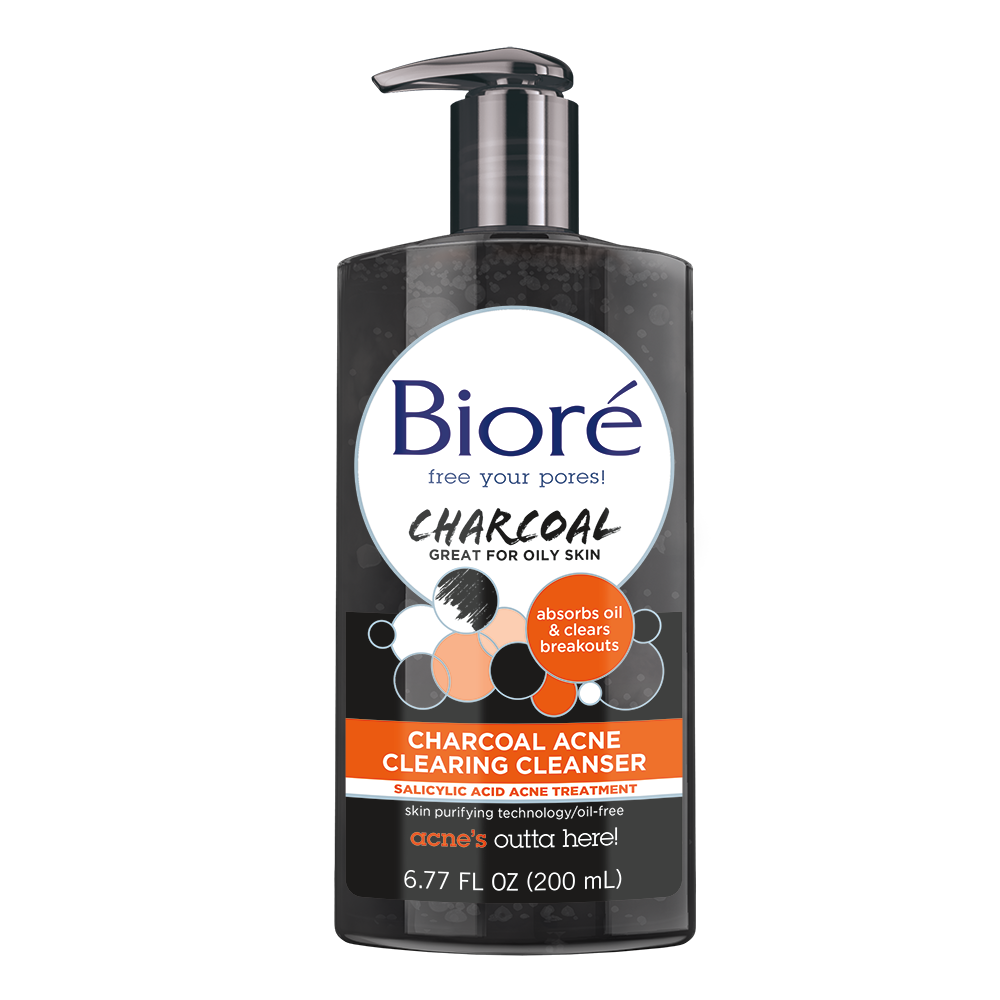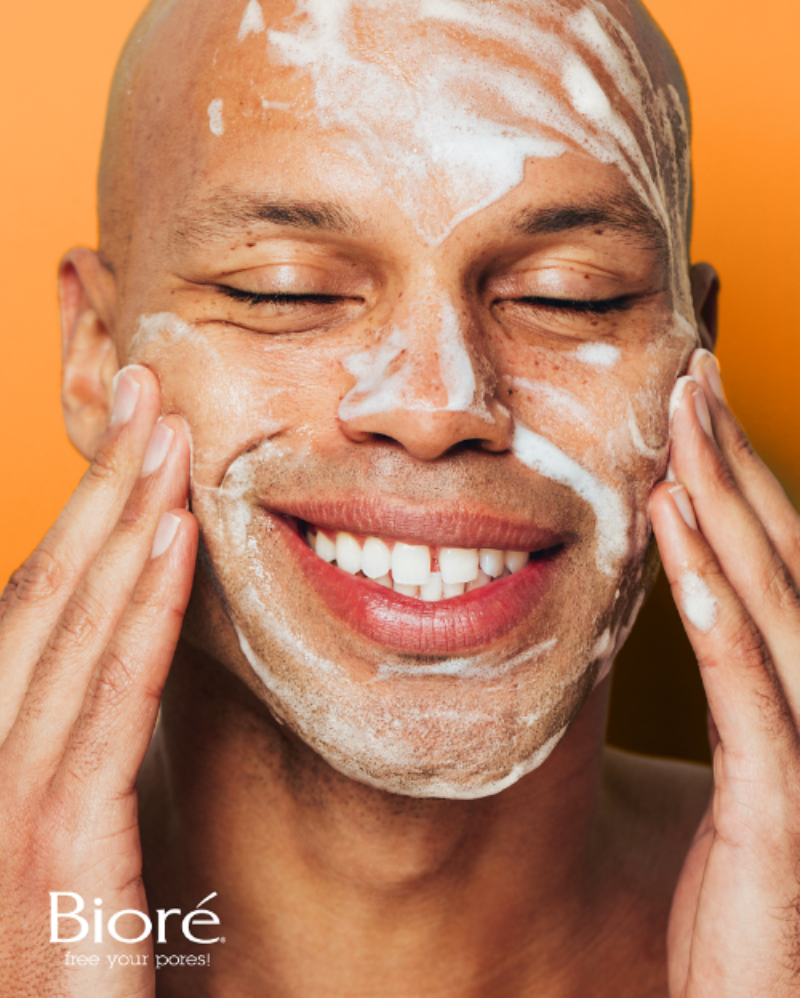What Are Blackheads?
Blackheads are pesky, clogged pores that often show up on your face and are typically most noticeable on your nose. While they might not be as inflamed as other types of acne, blackheads are just as annoying. It’s tempting to squeeze and pop your blackheads, but doing so tends to make things worse.
What Are Blackheads?
A blackhead, medically known as an open comedone, is a hair follicle or pore that’s clogged with a mixture of dead skin cells and sebum–an oily substance naturally secreted by your skin.

Although blackheads are often most noticeable on your nose and face, they can appear all over your body. They can be slightly raised, which along with their darker color, makes them easy to spot.
Blackheads can occur when sebum produced by your pores is exposed to oxygen. Sebum darkens during the oxidation process and creates a dark spot on your skin, hence the name blackhead
What Causes Blackheads?
Blackheads are caused when sebum-secreting pores in the skin are blocked. This oil is necessary to keep your skin healthy, but an over-production can cause blackheads. Causes of blackheads include:
- Dirt, oil, and debris build up. are the most common causes of pore clogging. Dead skin cells, sebum, and makeup can accumulate in your pores and eventually cause blackheads.
- Excessive sweating from exercise, heat, or stress can cause pores to go into overdrive. Specifically, for those who sweat and work out, residue and skin grime can become backed up in pores if the skin isn’t cleaned well after working out. After sweating give your face a quick once-over with charcoal micellar water to clean off excess sweat and grime fast!
- Haircare products can also interact with facial skin and lead to clogged pores. Prevent hair products from messing with your skin by keeping hair off your face during the day and by cleaning your hairline while washing your face at night.
- Oily skin types tend to be more prone to blackheads. If you know you have an oily skin type, avoid touching your face with your hands. Don’t forget to wipe off your phone, which accumulates dirt, oil, and bacteria, as it is often in contact with your face.
- Contrary to popular belief, hormonal fluctuations DON'T trigger blackheads. Instead, hormonal-induced acne breakouts are classified as inflammatory lesions, whereas a blackhead is a non-inflammatory lesion.
How Do You Get Rid of Blackheads?
Getting rid of pesky blackheads is never fun, but it’s important to know the right way to do it. Here are a few tips that our Bioré skincare experts want you to know about blackhead remedies:
1. Pore Strips
Pore strips instantly lift dirt and oil from your pores and are a better option than trying to remove blackheads by squeezing them with your fingers. When used weekly, pore strips can result in fewer clogged pores and improve the appearance of pores with continued use.
Shop Deep Cleansing Pore Strips
2. Over-The-Counter Treatments and Cleansers
These types of treatments are available without a prescription. OTC treatments come in numerous forms such as creams, gels, pads, and serums. Top treatments created to kill acne-causing bacteria and often contain ingredients such as Salicylic Acid, benzoyl peroxide, and resorcinol.
3. Prescription Medications
Doctors may suggest prescription medication when OTC products don’t work. Medications that contain vitamin A, AHAs, BHAs, and retinoids work to prevent pore plugs from forming in hair follicles and promote a more rapid turnover of skin cells.
4. Professional Blackhead Removal
Dermatologists and estheticians can perform pore extractions to remove blackheads. They can also provide helpful tips and treatments to prevent clogged pores in the future.
5. Laser and Light Therapy
This treatment consists of tiny beams of light that decrease oil production and kill bacteria. Laser and light treatments reach below the skin’s surface to treat blackheads and acne without damaging the top layers of the skin. This treatment works best for inflammatory acne conditions and is typically unnecessary for blackhead treatments, so consult with your dermatologist to see if it would be a good option for you.
6. Chemical Peels
In this treatment, a chemical solution is applied to the skin. Over time, the top layers of the skin will peel off to reveal smoother, rejuvenated skin. While this treatment can be used for blackheads, it’s typically more effective for skin texture improvement.
7. Microdermabrasion
This is a minimally abrasive treatment performed by dermatologists or skincare professionals with either microparticles or a diamond-tipped wand that buffs and polishes the superficial layer of dry dead skin cells, exposing softer, fresher skin. In addition, Bioré’s Charcoal Pore Minimizer contains Alumina, a known micro-crystal exfoliant that delivers immediate skin smoothing, texture refining, and pore unclogging benefits after one application.
“Pore strips instantly lift dirt and oil from your pores and are a better option than trying to remove blackheads by squeezing them with your fingers.”
How to Prevent Blackheads: 10 Experts Tips
- Avoid self-extracting your blackheads. Bacteria and oil on your fingers can leave your skin inflamed and open to infection, leading to acne scarring and worsening your acne in the long run. Instead, try a pore strip to avoid any need for squeezing or extra touching
- Wash your face twice a day. First when you wake up and again before you go to bed. This regimen helps remove oil build up from the day and night. Washing more than two times a day can irritate your skin and strip your face of its natural oils, causing an overproduction of oils, which leads to blackheads and clogged pores. Products with Salicylic Acid or Glycolic Acid help get rid of blackheads. Many cleansers and toners, like a witch hazel cleanser, contain Salicylic Acid so that you can easily add it to your daily skincare routine.
- Avoid over-washing your face. Stick to cleansing twice a day. When you over-wash, your body replenishes the stripped oils by overproducing sebum, which often makes blackheads worse. Keep it to twice-a-day. Read our top tips on how to use cleanser to learn more on how to effectively wash your face.
- Gently exfoliate your skin weekly to keep pores clean. Exfoliation takes off the upper layer of skin cells, which will give you a brighter complexion. Pick an exfoliator with gentle grains like baking soda or rice powder. A washcloth with a uniform texture, like a baby washcloth, can also be used daily for additional exfoliation.
- Avoid wearing a lot of makeup. If you do, only use non-comedogenic makeup that won’t clog your pores.
- Use a warming clay mask. Face masks help melt and loosen impacted pore clogs, remove the buildup of dead skin cells from your face. Use a charcoal face mask or a clay mask with tea tree oil to help with blackhead-causing oil. Tea tree oil disinfects your skin while the clay mask helps draw out dirt and grime.
- If you have oily skin, add Witch Hazel toner to your skincare routine to minimize pores and dry up excess oil. You should apply this toner after cleansing and before moisturizing.
- Use oil-free lotions and sunscreen. Any products that contain oil can cause blackheads, so opt for non-comedogenic makeup, lotions, and sunscreen.
- Use pore strips for getting rid of blackheads. Pore strips work like a magnet by connecting to pore plugs and lifting out blackheads. Start with a face wash, then apply a pore strip for blackhead removal. Afterward, you’ll want to follow up with toner. Remember, if you’re experiencing more problems with whiteheads, try blemish patches instead. (For blackheads, give pore strips a try.)
- Add retinol to your bedtime routine. Using serums with retinol at bedtime also helps with blackheads. Retinol helps to exfoliate your skin and bolster collagen, resulting in clearer and firmer skin. Just remember to use a broad-spectrum sunscreen in the morning.
